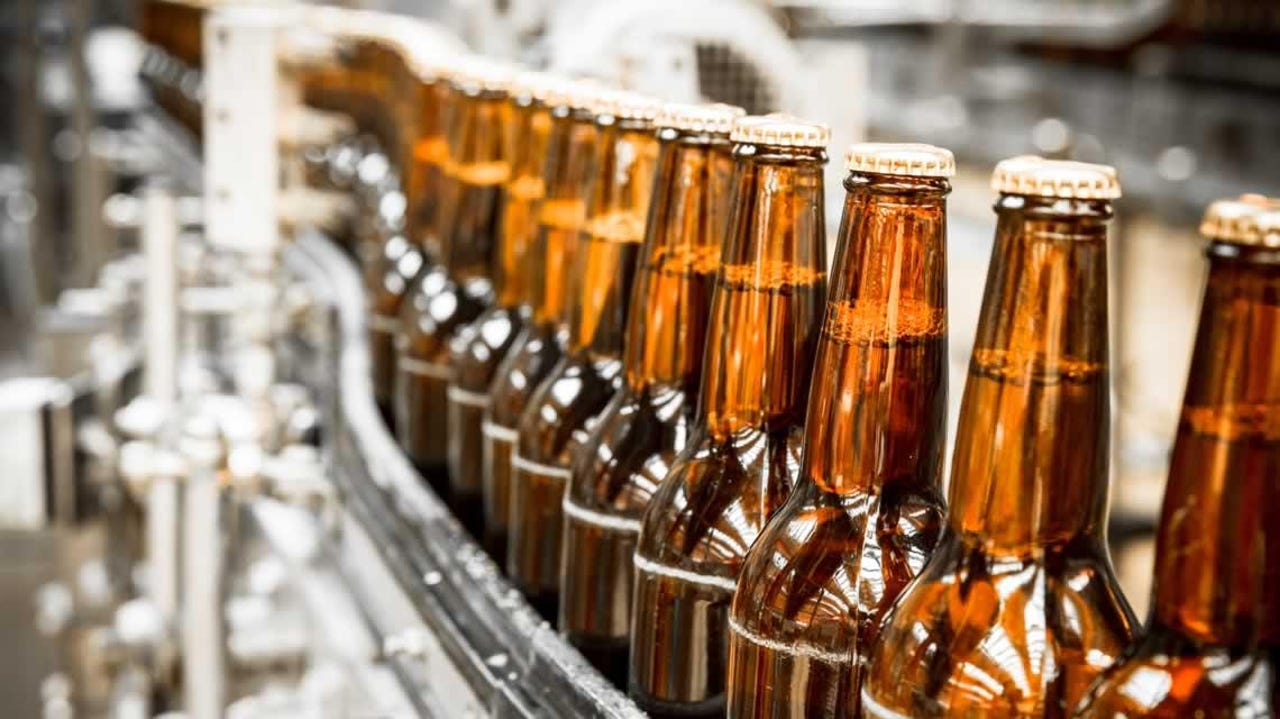Smarter beer: When old school craft brewing meets industry 4.0 AI


Artificial Intelligence
The co-founders of Sugar Creek Brewing Company had a foam problem. Founders Joe Vogelbacher and Eric Flanigan realized some bottles on their line were being filled with more foam than others and had to be pulled off the line.
It's one of the little manufacturing foibles anyone who runs a factory or has spoken to a lot of supply chain managers will be familiar with. For the most part, those inconsistencies are treated as the cost of doing business.
But Joe and Eric realized realized they were losing more than $30,000 per month on the foam problem, which is significant for a craft enterprise. What did they do? They called IBM and Bosch.
Old school craft brewing, meet industry 4.0 artificial intelligence.
I'm a sucker for a beer story, but what's cool is that beer-making is both one of the oldest and largest industries in the world, one stretching back literally thousands of years. The process got a total overhaul during the Industrial Revolution, when new instruments and manufacturing techniques afforded brewers more control at scale.
Also: What open source and craft brewing have in common
With manufacturing in the earliest stages of what's been called a new Industrial Revolution, one powered by IoT sensors collecting massive amounts of data, advanced automation, and AI, beer making is a worthy bellwether for change.
To solve the foam problem, Sugar Creek installed Bosch sensors on its line to monitor every aspect of the beer-making process. On its own, that rich data is fairly inscrutable and difficult to work with. Continually fed to the IBM Watson IoT Platform on IBM Cloud for analysis, it generates actionable suggestions to reduce waste and down time.
"The AI and IoT technology tells my team about many aspects of the beer, which are critical to efficiently creating a quality product," says the founder. "Parameters such as fill time, temperature, pH, gravity, pressure, carbonation and level are all fed to the IoT cloud for analysis. This data can inform new processes or refine existing ones to ensure our beer meets the high expectations of our consumers."
One problem the IBM Watson/Bosch interface and analysis caught was that, as the beer went from tank to tank in the bottling line, imbalances in pressure and temperature would create excessive foam, leading to waste. As a result, bottles were getting inconsistently filled prior to labeling. These bottles had to be pulled off the line and recycled, wasting quality product.
A simple improvement correcting for temperature and pressure imbalances on the line, which eluded the team for months, saved more than $10,000 per month.
"Now, we can immediately point out a problem bottle. In addition, we have more controlled, precise fermentations which leads to a better flavor in the bottle."
Those who drove beer making into the 20th century during the Industrial Revolution did so through technology. New IoT technology and advanced analysis adds to that legacy.